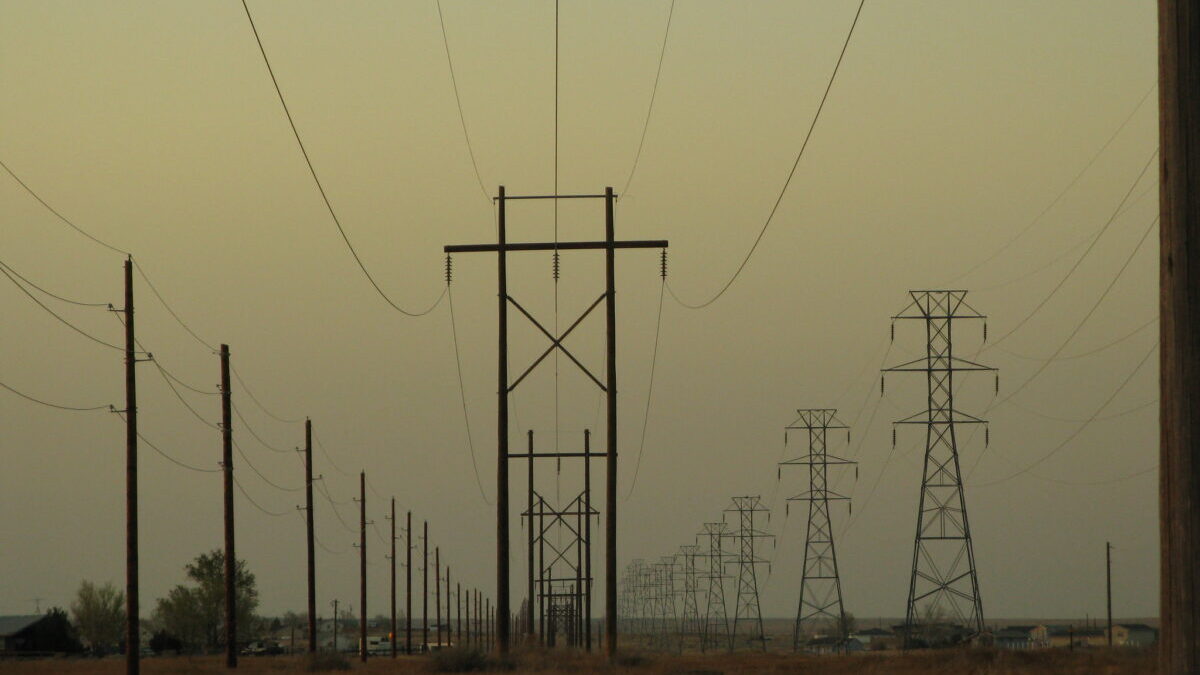
California lawmakers believed they were saving the planet by banning plastic straws, so they passed laws that criminalized waiters handing out the fluid vacuum tubes. Starbucks tried to one-up California with some corporate virtue signaling by ending their use of straws in drinks, but the company foolishly replaced them with sippy cup-type lids that actually use more plastic.
Now an environmental outfit is being even more ridiculous about the accursed cylindrical inhalation apparatus. The plan: to remove digital representations of the demonized drink devices. The multinational spirits conglomerate Bacardi is teaming with the environmental nonprofit Lonely Whale to implore the Unicode Consortium (the global authority on uniform programming language) to assist their efforts.
In an open missive they dubbed a “Cease And De-sip Letter,” in an effort to be cute, as well as a PSA video featuring actor Daniel Franzese of “Mean Girls” fame, the partners declared how important their efforts were. “Marine life is badly affected by plastic waste in our waterways, and refusing disposable plastics, such as the single use plastic straw, is a simple way that each of us can take action,” stated the press release.
Why are they reaching out to Unicode, specifically? Because of their noble goal: They want to remove plastic straws from emojis featuring soft drinks and cocktails. They also, by all appearances, want to be taken somewhat seriously.
Avoiding Any Pursuit of Real Numbers
Targeting these coders to fix a non-problem that is not creating pollution, since it’s an emoji, may sound like a completely ridiculous venture, but it is truly in line with all of the plastic straw outrage. This has only become a crisis in the past several years, and no wonder they sound like pre-adolescents. The root of all this concern actually derives from a nine-year-old.
For years now, the anti-straw lobby has been tossing out the statistic that Americans use 500 million plastic straws daily. That’s a scary and attention-grabbing figure! It is also completely made up. Although it has been bandied about by activist groups, and repeated constantly by major news outlets, that 500 million statistic is as disposable as they accuse these straws of being. So where did it come from?
From a nine-year-old burgeoning activist. It was in 2011 when Milo Cress began to be bothered by people in restaurants discarding straws they did not use. He kicked off a campaign to curtail straw usage, worried about how many of the despised drink aids ended up in our oceans.
In aiming to change our drinking styles, Milo began stating that 500 million number. But where did it come from? He reached out to a number of straw manufacturers, who all had imprecise figures based on sales and distribution, and he drew up an average. He divided it by the amount of days in a calendar year.
To this day, that 500 million total is used, and still no one has been able to pin down the actual number. Outlets as varied as The New York Times, National Geographic, and news syndicates repeat the figure—each referencing another, giving it credence, but no proof.
As Cress himself says now after all these years, “Why I use this statistic is because it illustrates that we use too many straws.” Except that it does not. A wholly fabricated total does little to explain our usage, to say nothing about the alleged effects on the environment. But then, reliance on concocted data has been a regular practice of the environmental movement. The current outcry over plastic straws is only more ridiculous because it’s based on even more ridiculous claims.
Cue the Usual Hysterical Reactions
Too often, whenever environmental activists offer a firm, measurable piece of data, it is either doubtful or it has been crafted from fiction. More certain still is that, the less reputable that data, the greater the likelihood politicians will latch onto it. In California, a number of municipalities have banned straws. Then the state legislature ramped it higher. Now restaurants could face up to $1,000 fines and restaurateurs up to six months in jail for offering a straw unbidden to a customer.
The motivation for all of this activism is a supposedly severe ocean pollution problem requiring Americans to curtail their wasteful practices before we kill the seas. But unlike the straw warriors, I actually harbor a curiosity about the statistics being accurate. So here are some quantifiable numbers that when looked at objectively become—to borrow a term from Al Gore—inconvenient.
First, let us begin with this new effort. The Bacardi-Lonely Whale partnership has the stated goal of eliminating a significant amount of straws: “The partnership pledges to remove one billion plastic straws from circulation by 2020.”
According to Rick Wilson, senior vice president of corporate responsibility for Bacardi, “Single-use plastic items are among the most collected pieces of trash in our oceans.” Except they are not. Straws make up only 4 percent of the collected items, and that is due to including shorelines, where collection is more likely. By weight, straws comprise only 0.02 percent of the ocean trash.
Next let us look at another underreported statistic: The refuse floating in the ocean has been studied to determine the sources. Two countries—China and Indonesia—contribute one-third of the trash in the oceans. Combined, these polluters toss in nearly five billion metric tons of plastic annually. Measurements show China accounts for more than 3.5 billion tons, and Indonesia an additional 1.3 billion tons.
Smaller, underdeveloped nations like Vietnam, Bangladesh, and Nigeria contribute significantly. And what about the United States, with all of our coastlines, shipping, and other activities on the open seas? We manage to contribute a scant amount in comparison—11 million tons, accounting for less than 1 percent of the total annual contribution.
So, now we get to wrap this up in a non-biodegradable bow. The Lonely Whale initiative has declared they intend to remove 1 billion plastic straws from circulation by 2020. By the accounting of their own numbers supplied by a fourth grader, this amounts to removing the amount of straws we use over the course of approximately two days. This curtails the annual straw usage by less than 0.003 percent.
Now, less than 1 percent of that fractional amount would have made it into the oceans from our country. This means all this effort will lead to an almost unmeasurably miniscule amount—0.02 percent of ocean refuse—that will be removed.
In the global scheme of things, the impact on the ocean will add up to almost the same amount as banning the digital straws from emojis to prevent those non-existent straws from the polluting they were not doing in the first place. Well, at least they will not be polluting my recycling bin with non-biodegradable non-straws.









